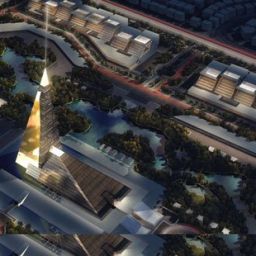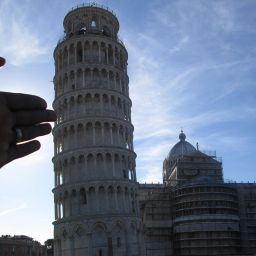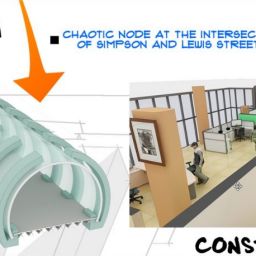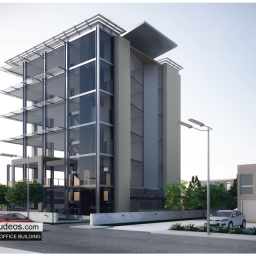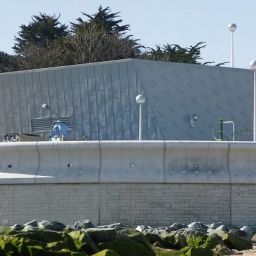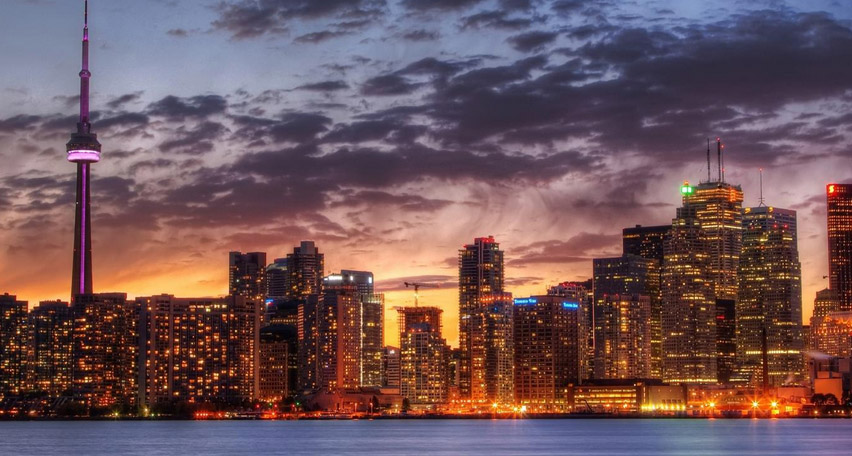
While Londoners have been focused on the burning matter of the Rafael Viñoly skyscraper that’s been scorching cars, a new report has revealed a very different issue relating to some of the world’s most famous skyscrapers.
According to a study by The Council on Tall Buildings and Urban Habitat, such is the desire to build ever taller skyscrapers that these magnificent structures simply cannot be filled.
The result? Vast areas of unoccupied real estate, dubbed “vanity space”.
While the Persian Gulf is increasingly building skyscrapers primarily as a blatant proclamation of superb wealth, one of the biggest culprits when it comes to the issue of vanity space is to be found in the world’s most famous superpower: the United States of America.

New York City contains two of the tallest Vanity Heights skyscrapers, with a third addition on the horizon with the 2014 completion of One World Trade Center.
The main vanity space ‘culprits’ are listed as follows in order of skyscraper height:
1. Burj Khalifa in Dubai, the United Arab Emirates – 29% (244m) of non-occupiable space
2. Zlfeng Tower in Nanjing, China – 30% (133m) of non-occupiable space
3. Bank of America Tower in New York City, America – 36% (131m) of non-occupiable space
4. Burj Al Arab in Dubai, the United Arab Emirates – 39% (124m) of non-occupiable space
5. Emirates Tower One in Dubai, the United Arab Emirates – 32% (113m) of non-occupiable space
6. New York Times Tower in New York City, America – 31% of non-occupiable space
7. Emirates Tower Two in Dubai, the United Arab Emirates – 29% of non-occupiable space
8. Rose Rayhaan by Rotana in Dubai, the United Arab Emirates – 29% (96m) of non-occupiable space
9. The Pinnacle in Guangzhou, China – 27% (95m) of non-occupiable space
10. Minsheng Bank Building in Wuhan, China – 28% (94m) of non-occupiable space

The Index in Dubai contains just 1% non-occupiable space, primarily because the skyscraper has no spire.
You can read more on the ‘Vanity Height’ skyscrapers at The Council on Tall Buildings and Urban Habitat website.





